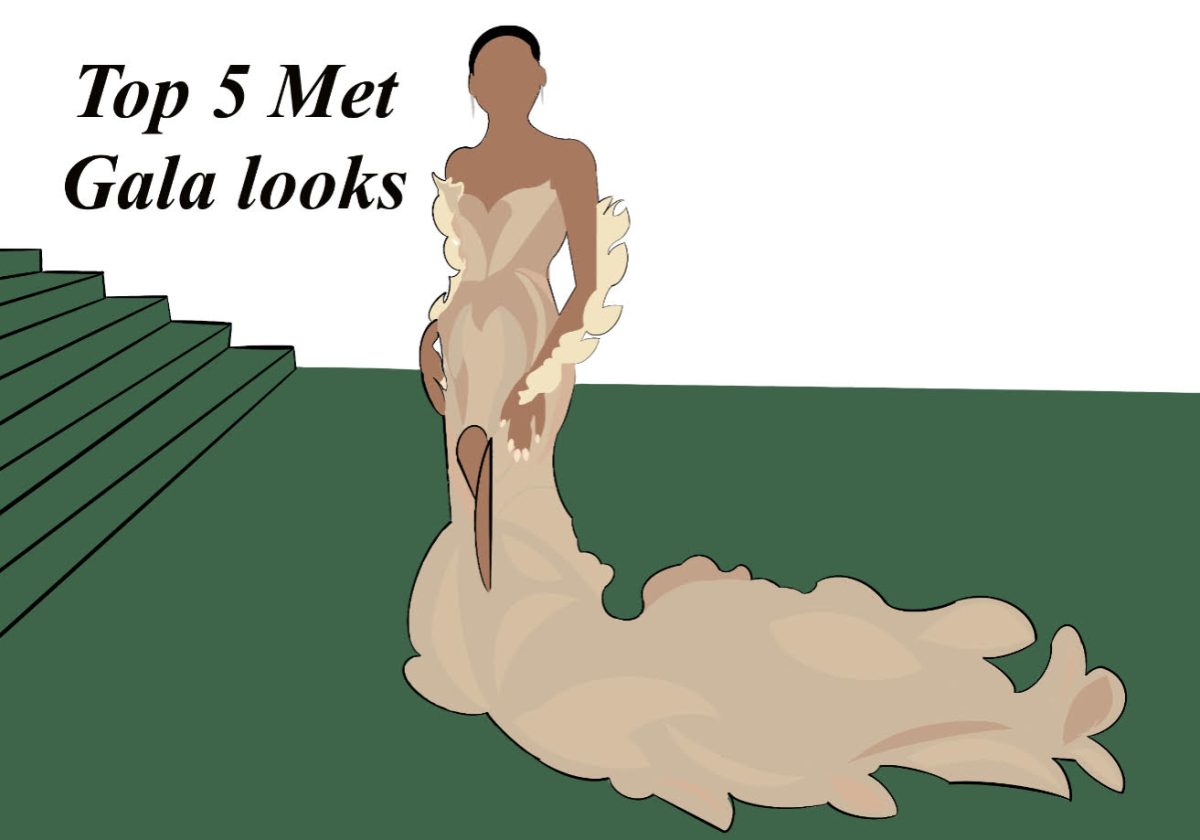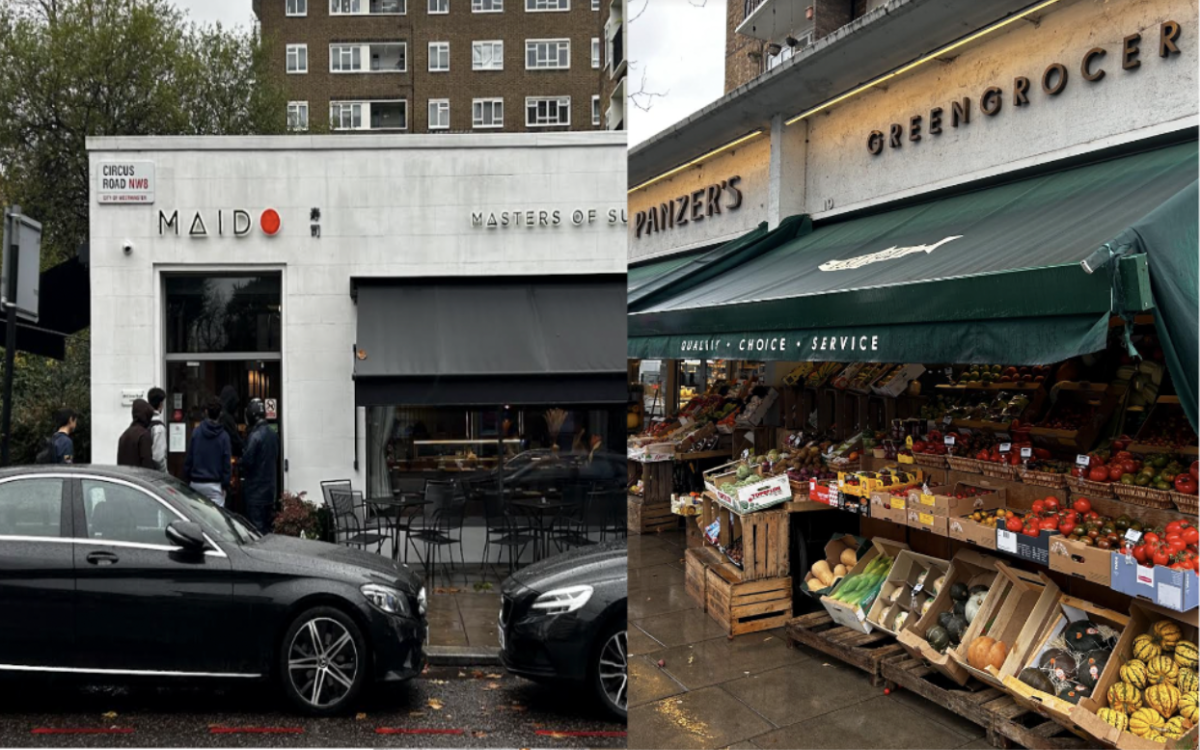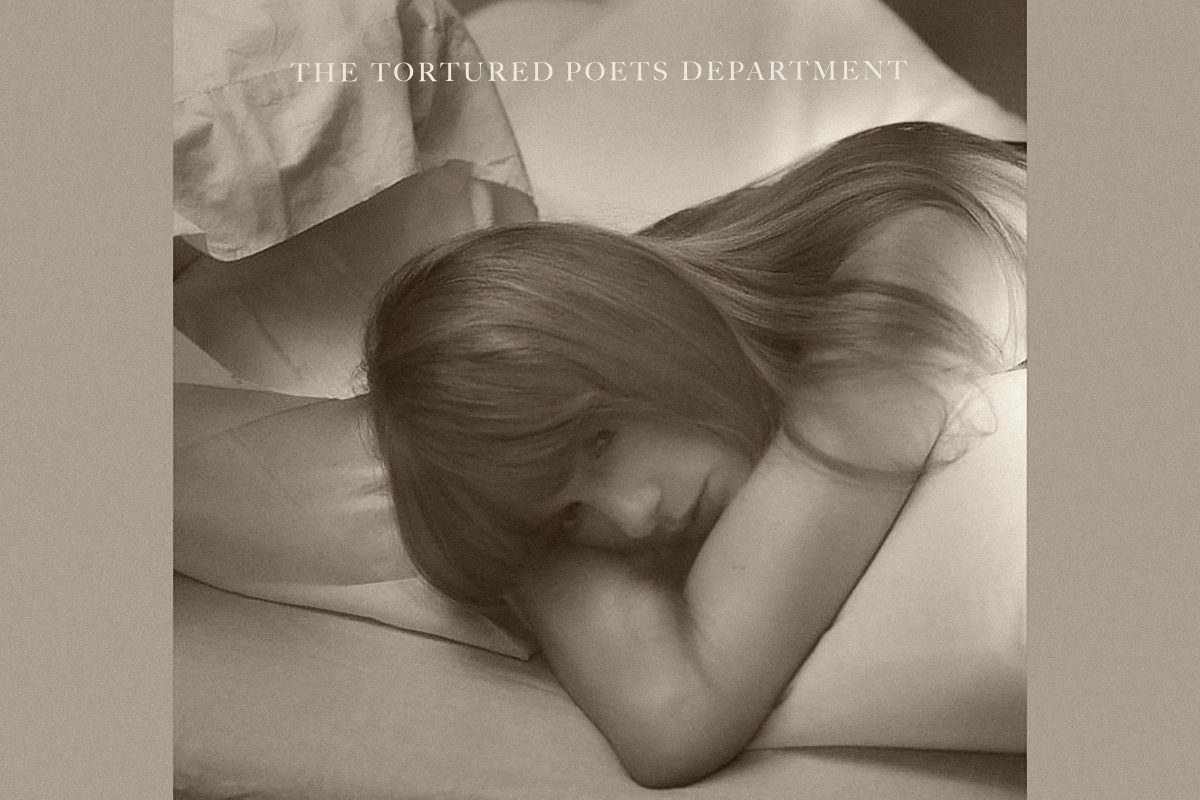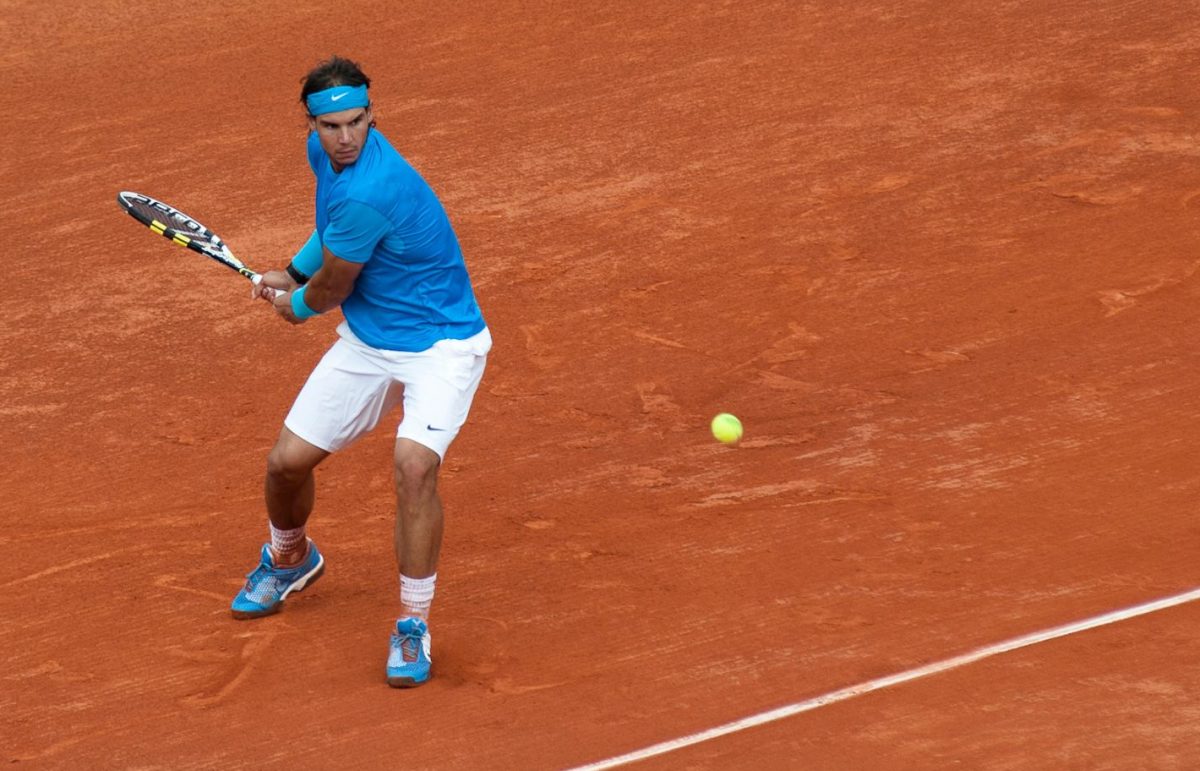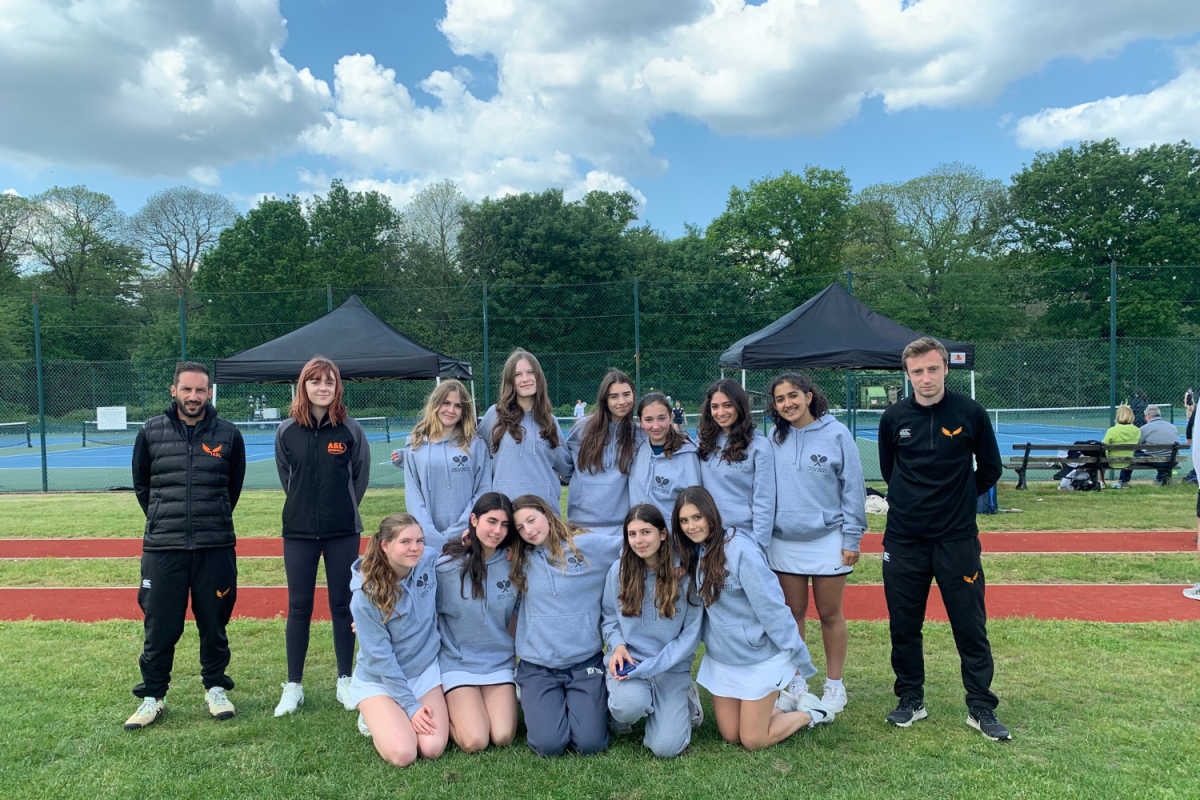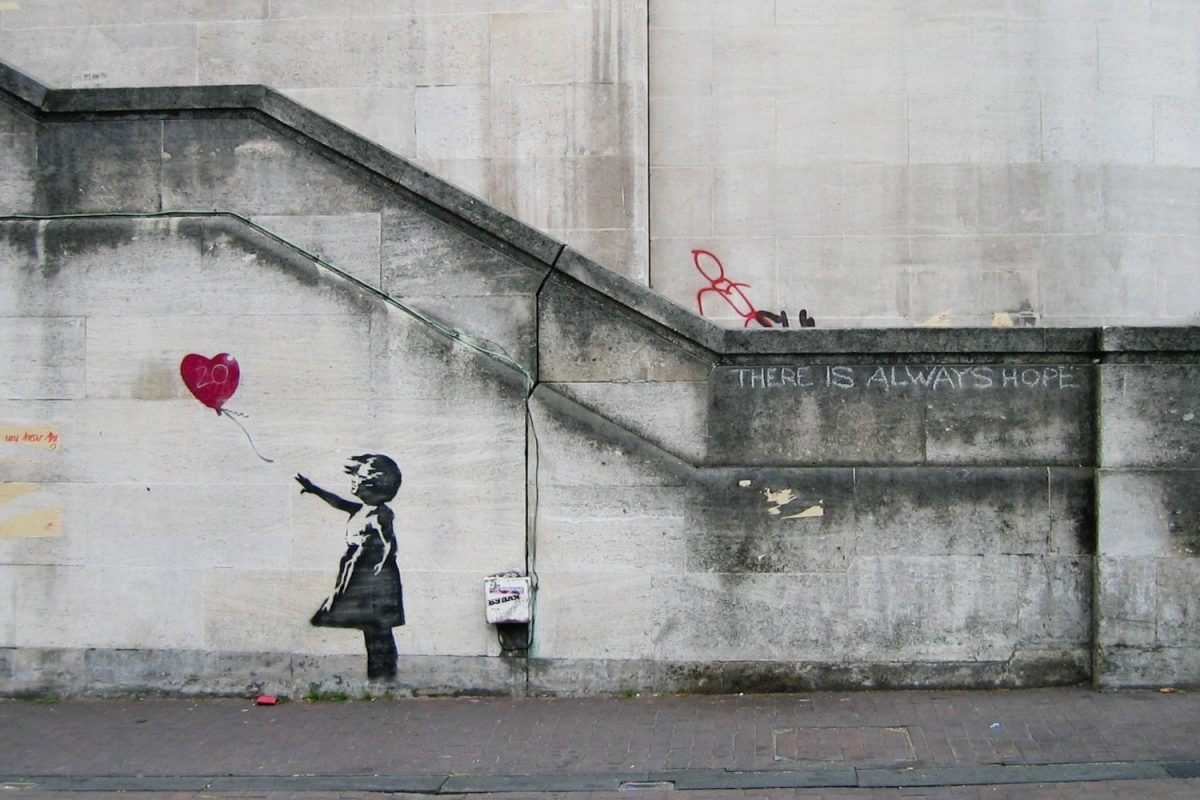The marriage of powerful messaging with bold letters and animated prints can be found on rooftops, city walls and ancient caves. The global graffiti movement finds itself on the streets of London, the alleyways of Brighton and the walls of the Tate Modern. As the art form develops, the lines between vandalism and art increasingly blur, leading to ongoing debate.
However, graffiti’s association with vandalism is disrespectful to its history, detrimental to artists and inconsiderate of the effort put into creating graffiti.
The term graffiti derives from the Italian word graffito, which translates to “something scratched,” according to Oxford Bibliographies. The word was first used by archeologists and antiquaries to classify engravings and scratches found in ancient archaeological sites.
According to Learn English Teens, the concept of graffiti made its way into caves thousands of years ago. It was then integrated into the Ancient Roman and Greek civilizations, where people would write their names and display poetry on buildings.
Modern graffiti first appeared in Philadelphia in the early 1960s and hit the streets of New York just a handful of years later. However, the art form truly rose to public attention in the 1970s when art galleries in New York began to buy and showcase works of graffiti. Simultaneously, writing on subway windows became known as criminal, causing artists to use roofs and walls of buildings as their canvases.
How can street artists possibly let society’s tolerance for their work dictate their artistic identity? The reality is that society’s opinion about street graffiti isn’t going to stop artists from making art. Therefore, people must stop letting the false idea that all street artists are criminals stop them from appreciating the medium altogether.
Additionally, art is intended to be appreciated and available to the public. Consequently, artists find their signature style and display their work wherever they can in order to attract attention to their art. For graffiti artists, they present their work on the streets. When people label graffiti artists’ work as vandalism, it disrespects their artistic expression and choices.
Why are people fascinated by drawings on ancient Roman caves, yet turn away from bright murals on city walls? It is hypocritical of society to praise and protect ancient wall paintings while criminalizing current artists working in the same medium. The association of graffiti with vandalism turns people away from supporting the art form altogether.
Vandalism is defined as the “crime of intentionally damaging property belonging to other people,” according to the Cambridge Dictionary. Considering artistic expression as a form of property damage exhibits a failure to distinguish what is intended to be vandalism and what is art.
Graffiti’s discredited reputation limits the locations where aspiring and current street artists can legally express themselves. There are only a few legal locations in London, including the Leake Street Arches in South London that contain 300-meter-long arches where anyone can go and “leave their mark” on the walls.
While allocating space to graffiti seems necessary, the concept hurts artists – the limited space and number of arches make them inaccessible to many people. There need to be more spaces, like the arches, dispersed around the U.K. in order to promote creativity and connection between aspiring and current graffiti artists.
Despite the limited space, modern UK-based graffiti artists strive to improve their medium’s reputation. For instance, artists Ben Eine and Phlegm are attempting to disassociate their identities from criminals and their works from vandalism to attract attention to their works.
Ben Eine
Best known for his typography, the London-born graffiti writer began his career over 30 years ago, according to Eine Signs. Eine developed his signature vibrant lettering when he painted 60 shutters in the span of a couple of months.
Eine’s vibrant and cartoon-like lettering proved distinguishable from the more rustic and traditional street art, which eventually garnered him a following.
‘Circus Love’ Oxford Circus Underground Station, 2012 pic.twitter.com/l8y0eOHs
— EINE (@beneine) July 10, 2012
However, it wasn’t just his signature style that built him a following, as Eine has and continues to partner with fellow street artists. In 2003, Eine collaborated with the renowned artist Banksy.
Famous for his politically moving graffiti, Banksy has now become one of the world’s most popular street artists. The pair created the “Pictures on Walls” gallery, a collection of works made in collaboration with other street artists in an attempt to print and sell more street art.
In addition to street art, Eine is passionate about fashion. He has an ongoing collaboration with Louis Vuitton and his own brand, Eine London, which debuted at London Fashion Week in 2018.
Eine’s work further rose to fame in 2010 when former U.K. Prime Minister David Cameron gifted Eine’s “Twenty First Century City” work to former U.S. President Barack Obama.
As of today, Eine’s work can be found displayed in the Victoria and Albert Museum, San Francisco’s Museum of Contemporary Art, Berlin’s Urban Nation Street Art Museum, Los Angeles’ Beyond The Streets exhibition, The Museum of Modern Art in Los Angeles and the Dean Collection.
Eine continues to impress and surprise the public with his new collections, contemporary movements, signature lettering and continuous collaborations that evoke emotion and touch the hearts of people all across the world.
Phlegm
Welsh cartoonist and illustrator Phlegm is best recognized for his fictional figures and intriguing structures, according to Street Art Bio. The name Phlegm derives from the four factors in ancient Greek medicine and is known to be apathetic and have an unemotional temperament.
Phlegm’s work is mostly illustration-based; however, he uses street art to create his cartoon-based art. Inspired by the origins of his name, Phlegm primarily works in black and white with Indian ink or ink dip pens, but he occasionally uses color when he screen prints or paints large murals.
Phlegm’s latest mural is looking fantastic. #Sheffield #StreetArt #PhlegmGiants #SheffieldIsSuper #Phlegm pic.twitter.com/BVIQWMMk7R
— Street Art Sheffield (@streetartsheff) April 3, 2019
Furthermore, Phlegm’s graffiti is easily distinguishable from other forms of graffiti because he makes comics as opposed to the more conventional, bold prints or lettering. He creates a comic every three to four months, but graffiti has become his main form of expression as of a couple of months ago.
According to Street Art Bio, Phlegm prefers to work in places he finds around him rather than feeling limited by canvases or the space of an art gallery. The scale of his work is part of what makes his art so impressive; he works on grand walls, metropolitan spaces and buildings.
In addition, his works have been displayed on airplanes, boats and vehicles, increasing his level of international recognition.
His first show, “The Bestiary,” was opened to the public at the Howard Griffin Gallery in London in the spring of 2014. Since then, he has made art in Canada, the U.S., Iceland, Tunisia, Belgium, and New Zealand.
Phlegm is constantly challenging the anatomy of art and using his imagination in hopes of bringing a new wave of popularity to his medium, proving that graffiti is, once again, not vandalism. His art style evokes emotion, is both eye-catching and unique, and deserves global recognition.
All across the U.K., artists like Ben Eine and Phlegm are fighting to change their reputation through their art.
It is important for the public to continue supporting graffiti artists and remain well-informed about its intent in order for graffiti’s reputation to disassociate itself with vandalism and become appreciated as art. It will take the next generation to make a difference by re-popularizing and recognizing graffiti artists for their thought-provoking work.

